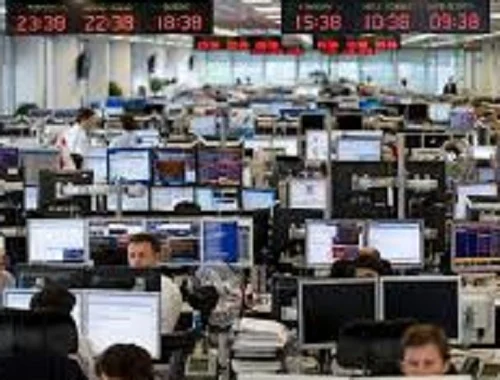Centralised trade expenses: A step toward boosting bank profits
30th June, 2020|Daniel Carpenter

By Daniel Carpenter, Head of Regulation at Meritsoft (a Cognizant company)
By Daniel Carpenter, Head of Regulation at Meritsoft (a Cognizant company)
Amid the market mayhem that has seen unprecedented price swings across all asset classes since March, it would have been easy to miss the integration of the equities and commodities businesses of two of Europe’s major financial houses.
Why does this matter given everything else that is going on? Well, the move to merge trading desks coincides with other European institutions revaluating their current operating models, which is demonstrated by the withdrawal of a number of high-profile investment banks from cash equities trading.
Unfortunately, banks cannot fully identify why their cash equities desks are not profitable. As a result, they are still searching for an effective solution to make the required improvements to effect cost efficiencies, reinvigorate static revenues, and avoid a detrimental impact on profits. Currently, many of the banks simply do not seem to have the required visibility into what they are reconciling, allocating, or paying across the various trading desks. This is mainly because operations departments within financial institutions typically work in asset-class silos.
How can something as specific as asset-class silos have such an impact on profits? The answer lies in the fact that, from a trade expense perspective, the separate arms of investment banks have hundreds – if not thousands – of trading counterparties scattered throughout the world, and for decades have had sporadically and inconsistently negotiated contracts. As such, these banks have multiple rate cards in multiple currencies and asset classes for the same clients in different regions. In general, the rate cards are circulated in PDF format via email and are not controlled or digitised. This process makes it extremely challenging for banks to keep track of their contracts, particularly the larger institutions that have a bigger web of client relationships.
Ultimately, if the goal is to have better return on equity, banks need to move to one single system to establish accurate rates and avoid any fee overpayments. A single, centralised platform is the logical way to provide the levels of transparency needed to measure real counterparty profitability, as opposed to perceived profitability. This is particularly important, given the high trade volumes recently. Lately, banks have been processing more trades with a broader range of prices and without an understanding of how these affect margins.
With potential for another increase in volatility like the events in March and April, waiting until month’s end to perform retrospective profitability analysis does not make sense; fees and revenues are surging or decreasing on a daily basis, and data is held across disjointed spreadsheets across multiple systems. There is no way a bank can quickly and efficiently analyse this data on a day-to-day basis.
Understanding where profits are generated and assessing costs through a more centralised approach is the way banks can decide whether to entrench on certain asset classes or identify future areas for expansion. Merging trading desks is one element of a possible solution; however, that does not mean profits will automatically rise. Regardless of whether banks decide to stick to individual asset classes or consolidate, unless the trade expenses issue is quickly resolved, profitability will continue to be an uphill struggle.


